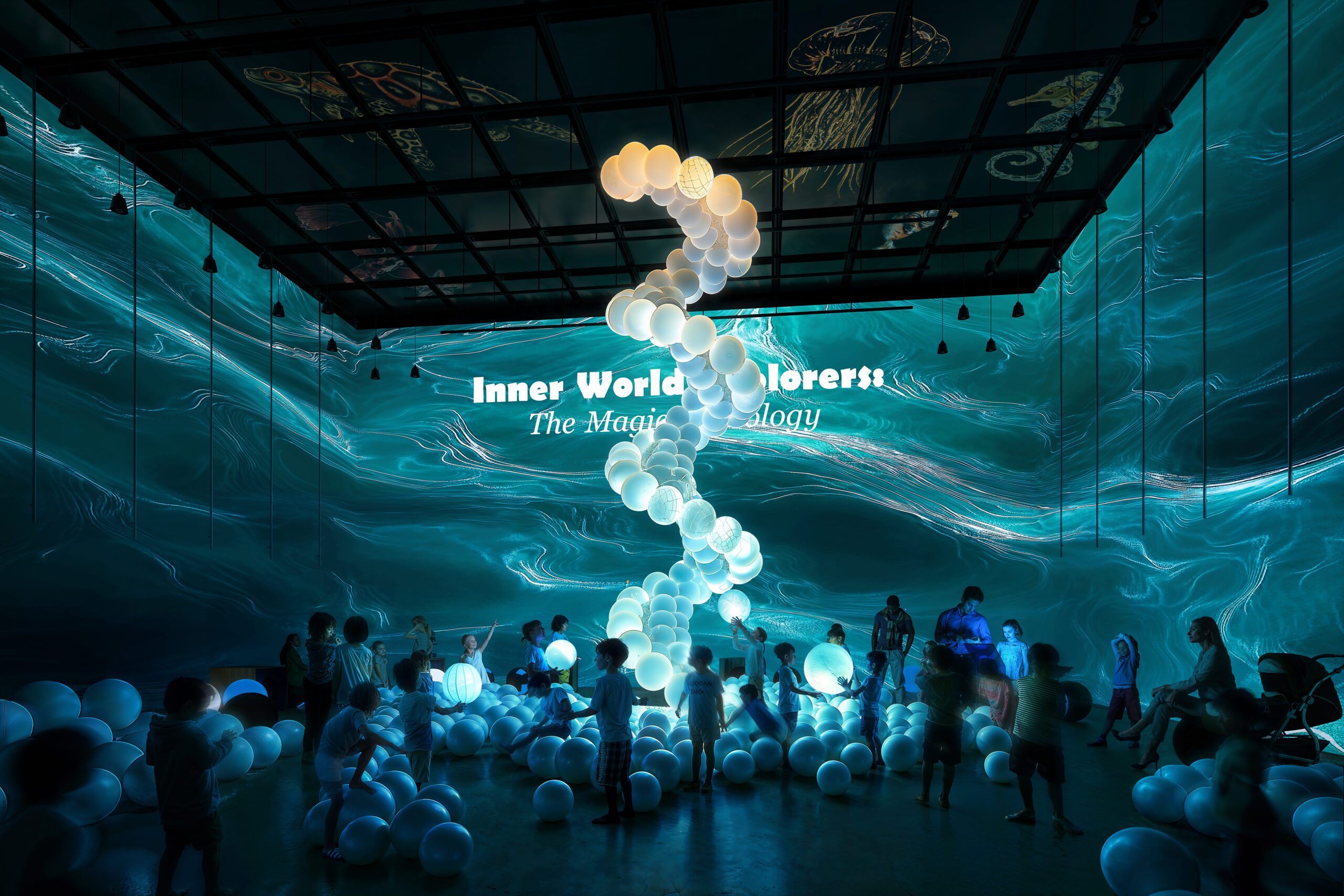When thinking about school and learning, often the mind goes to long hours spent reading textbooks, listening to lectures, and note-taking. But in today’s rapidly evolving educational landscape, immersive learning strategies stand out as transformative tools that engage children and adults alike in deep, impactful learning experiences. By utilizing teaching strategies that engage learners in multiple pedagogies, we can transform educational experiences into thought-provoking, dynamic communities where we can all thrive.
What is Immersive Learning?
Immersive learning is an educational approach that uses realistic scenarios, virtual environments, or hands-on activities to deeply engage the learner. By simulating real-world experiences, this strategy allows learners to explore complex topics in a controlled, interactive environment where they can practice behaviors and decision-making without real-world consequences. This approach can be facilitated through technology, such as virtual reality (VR), augmented reality (AR), and online gaming tools, or through more traditional methods like role-playing, visits to museums or cultural institutions, and active problem-solving in the community.
The Effectiveness of Immersive Strategies
The effectiveness of immersive learning is well-documented. Studies have shown that this method enhances understanding, retention, and application of knowledge. For example, according to tech expert Elliott Masie, founder of the MASIE Center, a National Training Laboratory study found that while lectures and reading produce only 5% to 10% learning retention rates, a virtual reality experience can result in 75% retention — second only to learning by teaching someone else. Immersive strategies engage multiple senses, which can help to create stronger neural connections in the brain related to the content being learned. Moreover, by situating learners in the context of real-world scenarios, immersive learning fosters critical thinking, problem-solving, and decision-making skills.
Examples of Immersive Learning
Immersive learning is a multi-faceted pedagogy that includes many different practices. This includes community-based learning interacting within the community, global education such as study abroad, hands-on research practice including field research, work-integrated learning in professional settings such as internships and co-op programs, simulated learning, and can even look like making structural modifications to existing teaching frameworks to effectively address time, focus, and continuity issues for learners.
How to Implement
To implement immersive learning effectively, especially in a community center that supports diverse fields like the arts, business, and education, consider the following steps:
- Identify Learning Objectives: Clearly define what the learners need to achieve. This will guide the design of the immersive experience.
- Choose the Right Tools: Depending on the objectives and the available resources, select the appropriate tools—be it VR, AR, role-playing activities, or interactive simulations.
- Design the Experience: Develop the scenario or activity that will engage the learners. This should include realistic elements that mimic the real world as closely as possible to maximize learning outcomes.
- Train Facilitators: Educators and facilitators should be trained not only on how to use the technology but also on how to guide and support learners through these immersive experiences.
- Evaluate and Iterate: After implementing a session, gather feedback from participants and assess the learning outcomes. Use this information to refine and improve future sessions.
The Connection Between the Arts, Creativity, and Immersive Learning
Immersive learning is particularly powerful when integrated with the arts. The arts naturally foster creativity, critical thinking, and problem-solving—all essential skills for immersive learning. According to research, incorporating arts into learning environments can enhance cognitive abilities and foster a deeper understanding of complex subjects. Immersive learning environments that include artistic elements allow learners to explore and express creativity in new and meaningful ways, making learning a more engaging and holistic experience.
Benefits of Immersive Learning
Immersive learning is a way to make education across the arts, business, and innovation accessible to our communities. By providing a space within our local communities, we can attract a diverse group of participants that further encourages collaboration and sharing of information, and incites curiosity for knowledge. For children, immersive learning can ignite a passion for learning and creativity early in life, especially by offering diverse teaching methods that can help children who may struggle in traditional education systems. For adults, it can offer opportunities to learn new practical skills and a way to stay relevant in their professional fields. Overall, immersive learning activities can foster a sense of community and teamwork, which is essential for building strong, supportive local networks beyond the classroom.
Conclusion
Immersive learning is more than just an educational trend; it is a robust strategy that can transform how we teach and learn. By leveraging this learning strategy, we can provide impactful educational experiences that resonate with all age groups, preparing them not only for immediate success but also for lifelong learning. With the right approach, these centers can become vibrant hubs of knowledge, creativity, and growth, benefiting individuals and the broader community alike.
